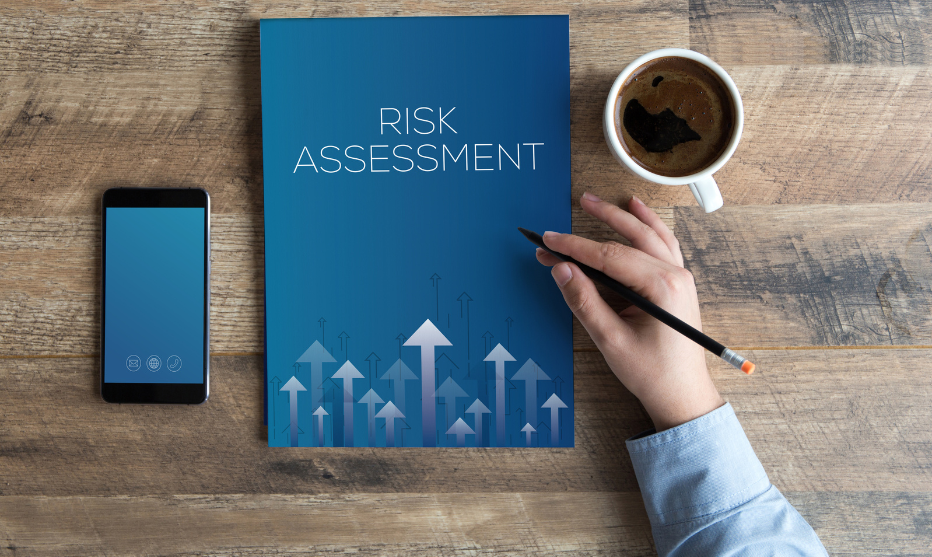
Pharmacovigilance (PV) in Switzerland stands out with its unique regulatory framework, setting it apart from other countries. While the core goal remains the same – ensuring the safety and efficacy of medicines – PV regulations have distinct characteristics that demand careful attention. Here is an in-depth look at how Swiss PV operates and what makes it distinct.
1. Regulatory Authority: Swissmedic
Swissmedic is the key regulatory body for PV, ensuring drug safety through the collection and assessment of adverse drug reaction (ADR) reports. Under the Therapeutic Products Act (TPA) and the Pharmacovigilance Ordinance (PV Ordinance), Swissmedic establishes essential safety standards. The TPA outlines general safety obligations for pharmaceutical companies, healthcare professionals (HCPs), and Swissmedic, while the PV Ordinance provides specific guidelines for ADR reporting and Periodic Safety Update Reports (PSURs), ensuring strict compliance in safety monitoring.
2. PV Obligations
Swissmedic imposes specific pharmacovigilance obligations on key stakeholders, particularly Marketing Authorization Holders (MAHs) and HCPs:
- MAH Responsibilities:
- Report ADRs to Swissmedic.
- Implement Risk Management Plans (RMPs).
- Submit Periodic Safety Update Reports (PSURs).
- HCPs:
- Physicians, pharmacists, and other healthcare providers are legally obligated to report serious or unexpected ADRs.
3. ADR Reporting
Structured ADR reporting system managed by Swissmedic, accessible to both HCPs and patients – ElViS (Electronic Vigilance System).
Swissmedic’s National Pharmacovigilance Centre receives and processes ADR reports submitted by HCPs, meanwhile, the pharmaceutical industry forwards any adverse reaction reports it receives directly to Swissmedic.
Under the new TPA, all serious ADRs, as well as those that are previously unknown or insufficiently documented in the medicine’s product information leaflet, along with any other medically significant reactions, must be reported.
These suspected ADRs should be reported within 15 days of awareness, while non-serious reactions should be reported within 60 days. Proof of causality between the reaction and the medicine is not required; suspicion alone is enough to warrant reporting.
4. Patient and Public Involvement
A key feature of Switzerland’s PV system is the involvement of patients in drug safety monitoring. Like mentioned before, patients can report ADRs directly to Swissmedic, contributing to transparency and fostering patient engagement. Furthermore, Swissmedic frequently communicates safety information, such as recalls and safety warnings, to the public, ensuring that critical drug safety updates reach those affected.
5. Signal Detection and Risk Management
Swissmedic actively monitors national and international databases to detect safety signals – early warnings of potential ADRs or other safety issues. Upon identifying risks, Swissmedic can take action, such as recommending changes to a product’s usage, adjusting packaging, or even suspending or withdrawing a product from the market if necessary.
Switzerland’s PV system, managed by Swissmedic, stands out for its strong regulatory framework, robust ADR reporting mechanisms, and integration of global standards tailored to national needs. The country emphasizes continuous post-marketing surveillance, ensuring ongoing monitoring of drug safety even after approval. Moreover, the active involvement of patients enhances transparency and public trust. This comprehensive approach fosters trust in Swiss medicines, making Switzerland a model for effective PV worldwide.





